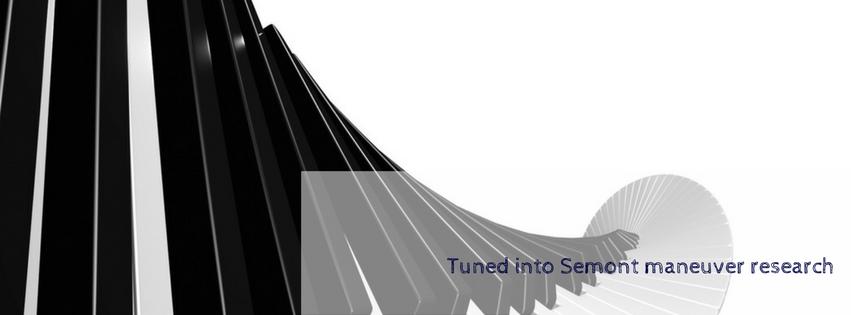
Prof. Dr. Margie Sharpe is honoured to have been invited to join Prof. Dr Michael Strupp’s research group for the Semont Plus study.
This study will measure head extension beyond horizontal in patients with BPPV to validate the findings of the original study – Determinants for a Successful S’mont Maneuver: An In vitro Study with a Semicircular Canal Model — which found the…
“two primary determinants for success of the SM are the time between the movements and the extension of the movements beyond the horizontal. The time between the movements should be at least 45s. Angles of 20° or more below horizontal line (so-called S’mont+) should increase the success rate of SM.”
Prof. Dr. Michael Strupp‘s research area focuses on the medical treatment of vestibular, ocular motor, and cerebellar disorders as well as the interaction between the vestibular, ocular motor, and sensorimotor systems during walking and running.
*This will be a transcontinental study.Michael Strupp, MD, FANA, FEAN, honorary doctorate is Professor of Neurology at the Department of Neurology and the German Center for Vertigo and Balance Disorder,s University Hospital Munich Campus, Grosshadern, Marchioninistrasse 15 D-81377 Munich, Germany.
We have also heard Michael is a keen pianist, making it doubly interesting (music to our ears?)! Why?
Well, two hands working simultaneously while navigating 88 keys, playing up to 10 notes at a time, is quite a task!
To manage, pianists develop a totally unique brain capacity (it is known).
However, as with all fine instruments, a unique practice and form is mastered. It may be the tilt of the head, the extension of the hand, or the arc of the arm, formed and moved to a specific beat to accomplish a result.
It is similar with the Semont maneuver; the time between movements and the angle of the head are critical for the success of the Semont maneuver in the treatment of BPPV.

Figure 1 (from the paper explaining the manoeuvre)
The fuller complexity undertaken for a Semont manoeuvre to be successful are detailed within the paper: [PAPER LINK]

